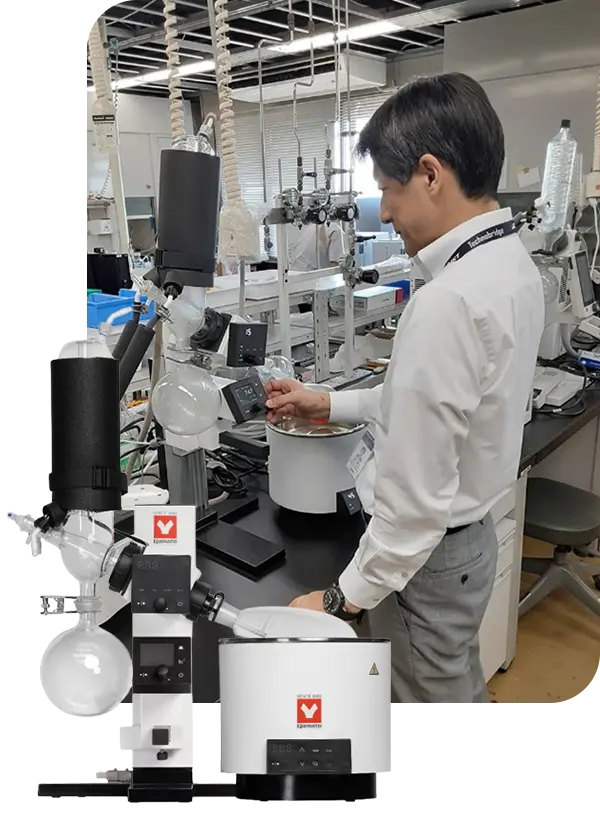Why Do Instant Beverage Granules Lose Their Soul During Development?
Using the right rotary evaporator to reduce waste and create better products the start in the lab and scale to manufacturing quickly.
Developing instant tea or coffee granules for the market isn't just about drying. It's about preserving the delicate aroma, flavor notes, and mouthfeel that make a product stand out. The challenge? Removing just the right amount of solvent to create stable, flavorful granules without cooking off volatile compounds.
Over-dry your extract and you'll produce lifeless granules that taste like cardboard. Under-dry them and you're looking at clumping nightmares, microbial growth, or granules that turn into cement in the jar. The sweet spot requires surgical precision - exactly what rotary evaporation delivers through controlled partial solvent removal.
If you don’t want to learn about this, and you just want the rotary evaporator we built for this application, you can customize your instant tea/coffee R&D rotary evaporator package in less than 20 seconds.
Why Does Partial Solvent Removal Matter More Than Full Drying in R&D?
Think of instant beverage development like conducting an orchestra. Every volatile compound plays its part - the bright top notes, the rich middle tones, the grounding base flavors. Full drying is like asking the orchestra to play at maximum volume until exhaustion. Partial solvent removal? That's conducting with finesse.
The science backs this up. When you maintain 2-5% residual moisture in coffee granules versus bone-dry powder, you preserve up to 40% more volatile aromatics. Those compounds - your furans, pyrazines, and thiols - are what trigger the "fresh-brewed" sensation when consumers add hot water. They're also the first to vanish under aggressive drying conditions.
Rotary evaporation with programmable endpoints lets you halt the process at precise moisture targets. Your Yamato unit's SOP programming means you can lock in that 3.2% moisture content that gave you perfect reconstitution in trials, then reproduce it batch after batch.
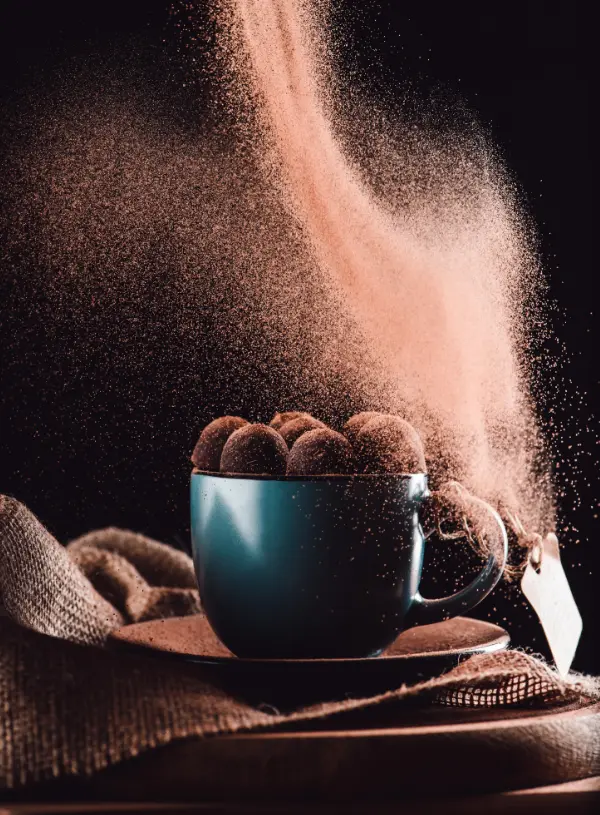
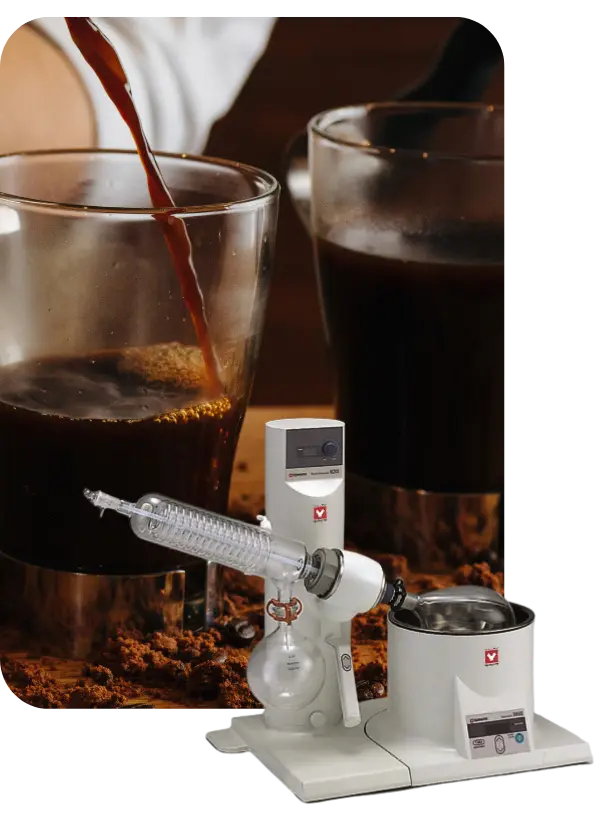
What Makes Flavor and Aroma Preservation So Challenging?
The enemies of flavor are heat, oxygen, and time. Traditional drying methods force you to pick your poison. Spray drying? You're flash-exposing delicate compounds to 180°C inlet temperatures. Drum drying? Extended surface contact at high heat creates those telltale "cooked" notes nobody wants in their morning cup.
Vacuum-assisted rotary evaporation changes the game by lowering the boiling point of your solvent. At 40°C under vacuum, you're removing water while those precious volatile compounds stay put. The rotating flask creates a constantly renewed thin film - maximizing surface area while minimizing exposure time.
Consider this: methylpropanal, a key coffee aroma compound, has a boiling point of 63°C. Under standard atmospheric pressure, you'd lose it during conventional drying. Under vacuum at 40°C? It stays exactly where you want it - in your granules.
How Does Rotation Speed Control Granule Size and Texture?
Here's where the physics gets interesting. The relationship between drying rate, film thickness, and particle formation isn't linear - it's a complex dance of mass transfer and crystallization kinetics.
Your rotation speed determines:
Film thickness on the flask wall
(faster = thinner)
Residence time before re-immersion
(affects local concentration)
Shear forces during film formation
(influences particle breakup)
At 20 RPM, you might get dense, slow-dissolving granules perfect for iced applications. Bump it to 150 RPM and you're creating porous, quick-dissolving particles ideal for instant hot beverages. The Yamato's broad rotation range from 10-280 RPM gives you the full spectrum of texture possibilities.
What's the Optimal Residual Moisture for Instant Beverage Granules?
The magic number doesn't exist - because it depends entirely on your product goals. But here's what we know from the field:

For maximum shelf stability
1-2% moisture content prevents microbial growth and extends shelf life to 24+ months. The trade-off? Some volatile loss and potentially slower dissolution.
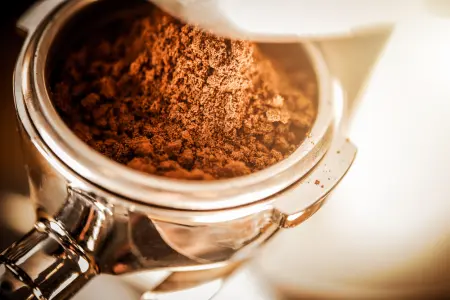
For optimal flavor release
3-5% moisture maintains volatile compound integrity and creates a more porous structure for faster reconstitution. You'll need moisture barrier packaging and possibly shorter shelf life targets.

For cold-brew instant products
4-6% moisture with specific carrier agents creates granules that dissolve in room-temperature water - previously thought impossible for instant coffee.
Your Yamato's vacuum modulation capabilities let you dial in these endpoints with 0.1% precision. Program a gradual vacuum ramp in the final stages to creep up on your target without overshooting.
How Can Carriers or Bulking Agents Improve Granule Stability?
Raw coffee or tea extract alone rarely produces ideal granules. Strategic carrier addition transforms your product's physical properties without compromising flavor - if you handle them correctly.
Maltodextrin at 10-15% creates structure and improves flowability. But add it too early in conventional drying and you'll trap volatiles behind a polymer matrix, muting flavor. Rotary evaporation's gentle conditions preserve carrier functionality while maintaining flavor accessibility.
More sophisticated approaches include:
Cyclodextrins for volatile encapsulation (add post-evaporation at 35°C)
Trehalose for glass transition control (maintains granule integrity)
Inulin for mouthfeel enhancement (survives low-temp processing intact)
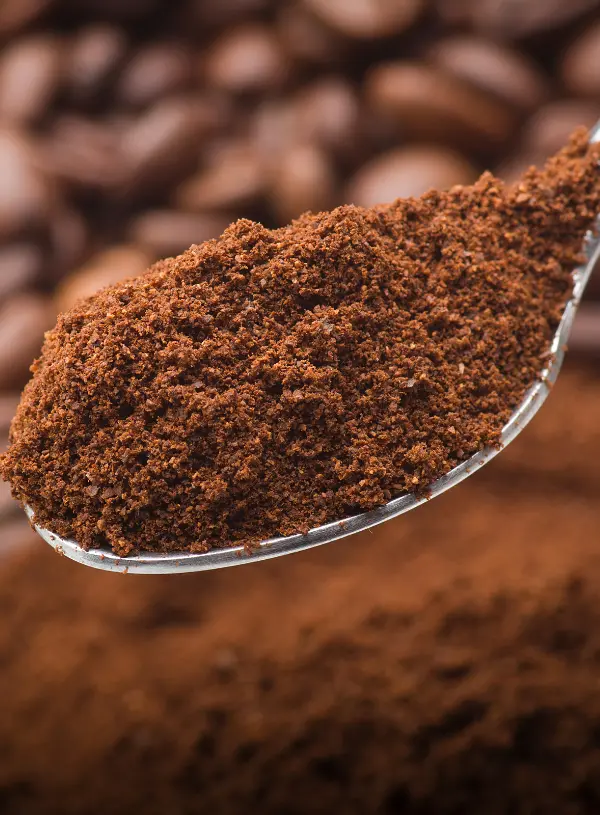
Why Do Other Drying Methods Fall Short for R&D Applications?
Let's be frank about the alternatives:

Freeze drying
Freeze drying produces exceptional flavor retention - no argument there. But a 24-hour cycle for 100 grams of product? Your R&D timeline just died. Plus, the capital investment for a pilot-scale freeze dryer dwarfs a benchtop rotovap.

Spray drying
Spray drying works brilliantly at production scale. At R&D scale? You're losing half your sample to the chamber walls, and minimum batch sizes mean wasting precious early-stage formulations. Good luck explaining to management why you need 5 kilos of experimental extract for "just a quick test."

Drum drying
Drum drying gives you speed and continuous operation. It also gives you thermal degradation, inconsistent particle size, and those unmistakable cooked notes that scream "institutional coffee."
Rotary evaporation hits the sweet spot for R&D: small batches (as little as 50mL), precise control, and process parameters that translate to production methods.
What Conditions Determine Dissolvability in Hot Versus Cold Liquids?
Cold solubility - the holy grail of instant beverages. The physics are unforgiving: lower temperature means reduced molecular motion, slower hydration, and stubborn clumping. Your granule architecture needs to compensate.
For hot water dissolution (80°C+):
- Target 100-300 micron particles
- Moderate porosity (30-40% void volume)
- Standard moisture content (2-3%)
For cold water dissolution (4-25°C):
- Smaller particles (50-150 microns) for increased surface area
- High porosity (50-60% void volume) via controlled vacuum ramping
- Strategic hydrophilic coating agents
- Slightly elevated moisture (4-5%) for faster hydration initiation
The Yamato's rotation and vacuum profiles let you tailor porosity without additional processing steps. A stepped vacuum program - say 400 mbar for 10 minutes, then 200 mbar for 5 minutes - creates layered porosity that accelerates cold water penetration.
How Do You Troubleshoot Common Granulation Problems?
When things go wrong - and they will - systematic troubleshooting saves time and samples:
Problem
Granules cake during storage
Likely cause: Residual moisture too high or hygroscopic carriers
Solution: Program an extended low-vacuum finishing step (50 mbar for 5 minutes)
Problem
Flat flavor despite gentle processing
Likely cause: Volatiles escaping during initial concentration
Solution: Lower bath temperature to 35°C and compensate with increased vacuum
Problem
Problem: Inconsistent particle size
Likely cause: Irregular film formation from viscosity changes
Solution: Implement stepped rotation speeds as concentration increases
Problem
Poor cold water solubility
Likely cause: Dense particle structure from rapid drying
Solution: Reduce vacuum gradually to maintain open pore structure
What Storage Conditions Best Preserve Flavor Over Time?
Creating perfect granules means nothing if they degrade on the shelf. Post-production handling determines whether your R&D success translates to market success.
Light exposure oxidizes aromatic compounds - store samples in amber containers or aluminum pouches. Humidity above 65% RH triggers caking and flavor migration - include desiccant packs for long-term stability studies. Temperature cycling causes moisture migration and volatile loss - maintain consistent storage at 20-25°C.
Granules processed to optimal moisture content on your Yamato maintain their sensory profile 3x longer than over-dried samples. That 3% moisture you fought to preserve? It's creating a protective matrix that locks in flavor compounds.
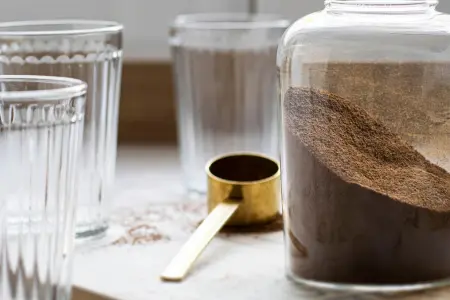
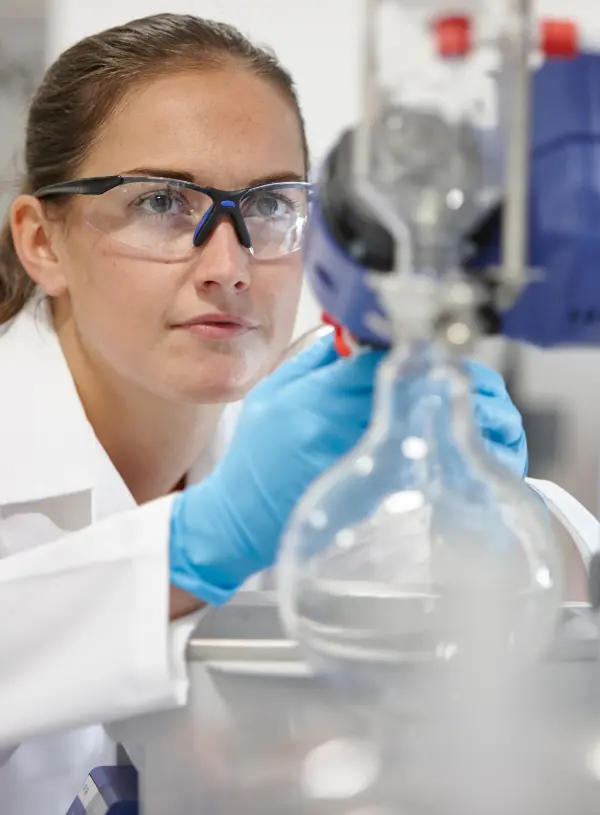
What Makes Yamato's Approach Different for Beverage Innovation?
Beyond the technical specifications - the 10-280 RPM range, the programmable vacuum control, the precision temperature management - there's something more fundamental at work. Yamato's equipment embodies Kaizen principles: continuous improvement through systematic observation and adjustment.
Your mini rotary evaporator isn't just removing solvent. It's giving you a window into the transformation process. Watch the film formation, observe the color changes, note when aromatics begin condensing. This real-time feedback loop accelerates formulation development in ways automated systems never could.
The compact footprint means you can run multiple units in parallel for comparative studies. The ISO 9001/14001/13485 manufacturing standards mean your results are reproducible when you scale up. The local service and one-year warranty mean you're not losing weeks to equipment downtime during critical development phases.
The Bottom Line: Why Precision Matters in Beverage R&D
Instant beverage development isn't about removing water - it's about preserving experience. Every volatile compound you save, every texture parameter you optimize, every dissolution characteristic you perfect brings you closer to that "just like fresh-brewed" target consumers demand.
Partial solvent removal via rotary evaporation gives you the control traditional methods can't match. You're not just making granules - you're engineering flavor delivery systems with reproducible precision.
Ready to revolutionize your instant beverage development? Request a demo of Yamato's mini rotary evaporator configured for beverage applications, or download our comprehensive SOP template for coffee and tea granulation protocols. Your next breakthrough formulation starts with understanding exactly how much solvent to leave behind.

